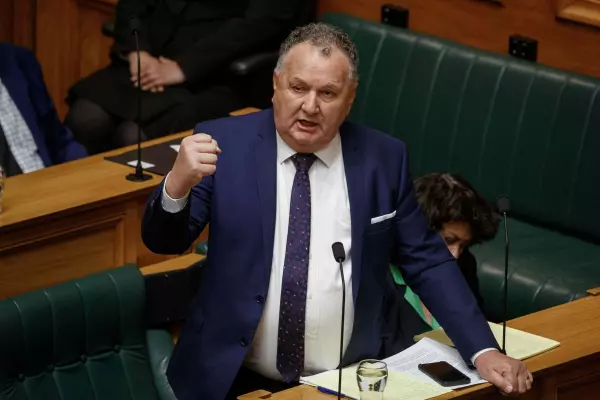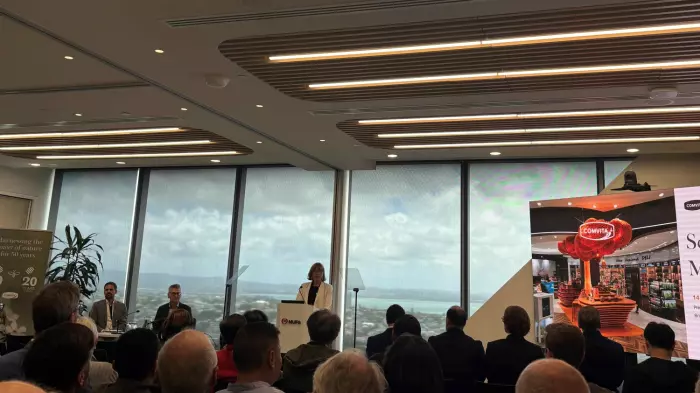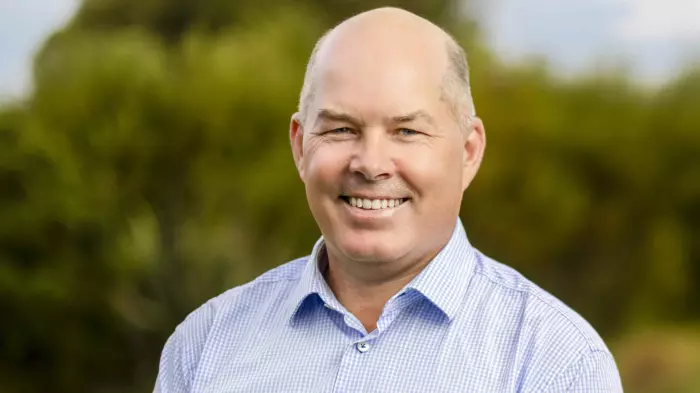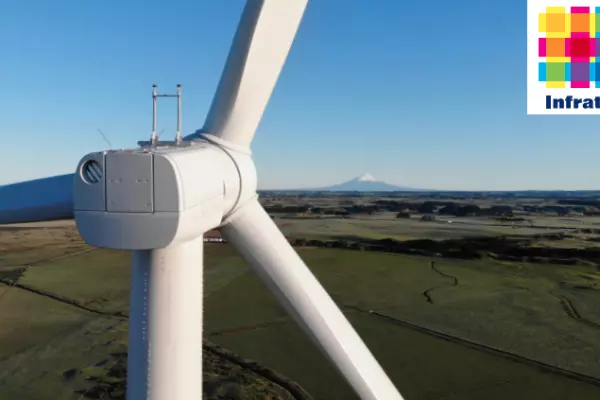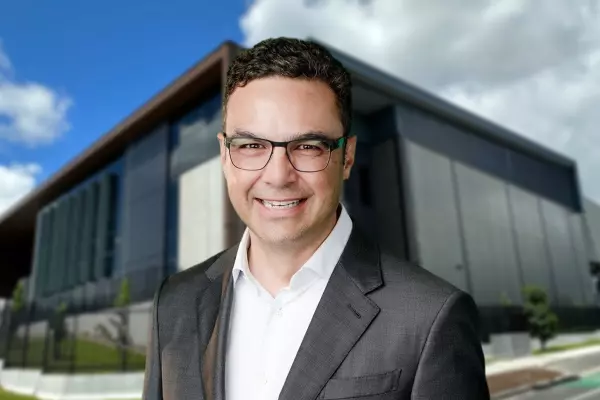If the argument weren’t so damn complicated, Auckland mayor Phil Goff would have more explaining to do as to why he prefers doubling water charges over the next six years when he is sitting on evidence that no such increase is necessary.
It is unnecessary because there would be no need to raise water tariffs so drastically to pay for future infrastructure if Watercare, the Auckland council’s water services company, was just allowed to borrow more.
The reasoning behind Watercare’s proposed tariff increases is no more than a perverse outcome of the stringent rules governing local government balance sheets in New Zealand.
While Goff clings to this path, he is also putting at risk fundamental reforms to the way drinking, waste and stormwater – the so-called ‘three waters’ – are funded and regulated nationwide.
He blusters that the reforms proposed by the local government minister, Nanaia Mahuta, risk making Auckland’s water services business, Watercare, vulnerable to privatisation by taking it off the council’s balance sheet.
He is stoking fears that forcing Auckland to amalgamate its water services with poorer regional cousins will see the supercity subsidising upgrades to water infrastructure in neighbouring regions.
He talks a big game about how large an investment is required to ensure Auckland’s three water infrastructure is kept up to scratch – perhaps $18 billion over the next 20 years.
What it doesn’t suit him to remind water users is his council has received credible analysis from an expert body on three waters, the Water Infrastructure Commission of Scotland (WICS), suggesting not only are hefty tariff increases completely unnecessary, but Watercare’s current ownership structure is preventing it from a better job with the resources it already has.
Funding challenges
How can that be?
For a start, take a look at the Watercare balance sheet. It has $11b of assets on its books and debt of just $2b. In 2020, Watercare had a surplus of $170 million and operating earnings on an earnings before interest, taxation, depreciation and amortisation basis of $480m, equivalent to 64% of revenue.
By any definition, Watercare is running a lazy balance sheet.
Why can it not borrow more to invest in the city’s infrastructure needs?
Simply, because the rules governing council borrowing levels say the council cannot borrow more than 2.75-times the total revenue it brings in each year if it’s to retain the AA credit rating it must keep under the borrowing rules set by the Local Government Funding Agency (LGFA).
Auckland had been bouncing around just below the threshold before the covid-19 pandemic struck.
With covid, it has hit that bar, partly thanks to the fact many of its normal sources of revenue – things like parking charges and infringement notices and fees for council amenities, income from events and so on – dropped away dramatically during lockdowns.
To get around the problem of potentially breaching its debt thresholds, the council has three choices:
- raise more revenue;
- sell assets;
- remove entities under its control from the council balance sheet, thereby allowing them to borrow more to meet their future needs.
Clearly, the second option – privatisation – is off the table, especially for three waters assets.
Mahuta has been adamant throughout her long years stalking reform of this sector that ongoing community ownership of water assets is an unbreachable bottom line.
So that just leaves options one and three: raising more revenue or reconstituting under-geared council assets – in this case, Watercare – as separate corporate entities with their own balance sheets. Doing so removes the artificial barrier to extra borrowing the LGFA imposes on councils.
Why reject a no-brainer?
Given Mahuta is also offering previously unavailable government funding of an unknown number of billions of dollars to assist with three waters upgrades over the next three decades, you’d think this option was a no-brainer for Auckand.
Under the amalgamation proposals, Watercare would be free to borrow more for its capital projects than it can at present.
Best of all for Aucklanders who drink water, send it down drains and need drainage when it rains hard – ie, everyone – this could be achieved with no more than 2.5% a year increases in water charges in future, according to the WICS analysis.
“Watercare currently has (overly?) strong financial ratios,” the WICS mock determination found. “If free from the treasury management constraints of Auckland council, Watercare has the opportunity to borrow around an extra $1b.”
Under the WICS model, Watercare could afford to more than double annual investment in maintaining and improving its infrastructure while capping water charges at 2.5% for 10 years from 2022/23.
Watercare has acknowledged this itself. A Dec 23, 2020, board paper published on its website notes: “Enabling rating agencies to treat Watercare debt as if we were a stand-alone water utility would allow us to invest more in both asset renewal and resilience as well as initiatives to drive further operating costs efficiencies.”
So, why does the Auckland mayor prefer to fund the future of Auckland’s water infrastructure by whacking the city’s water users – ie, everyone – in the pocket with annual increases that will double water charges in the next five years?
And why does he prefer to do that while also spurning the government’s offer of additional funding to accelerate the upgrades to infrastructure?
True, WICS found Auckland’s three waters kit is in better shape than most of the rest of NZ. But Goff is justifying Watercare’s plan for water charges to double in less than a decade because of the need for further investment.
He has talked up the droughts of the last couple of years as evidence of that.
Yet if the government would fund some of that need instead of local water users, and if removal from the council balance sheet would allow Watercare to borrow more anyway, why wouldn’t he jump at the opportunity?
All it would take is for Auckland to carve off 20% of its total assets and put them onto a clean balance sheet where both new government funding and higher levels of borrowing are not just possible, but downright desirable.
It’s tempting to think the only reasons to resist this are that a city’s assets are a mayor’s power base, and the perversity of the rules governing council spending and debt levels are preventing rational thought.
Accounting v clean water
Think of it this way.
If Watercare’s currently under-geared assets sheet are hived off to another entity, the task of keeping Auckland council’s ratio of spending to borrowing in check becomes becomes harder.
In other words, reducing the asset base is unattractive for a reason driven purely by an accounting formula.
Meanwhile, if it keeps Watercare’s assets, the council is still stuck with the wider problem: it is already very close to breaching its debt-to-revenue ratio because its revenues are weaker than they have been.
Answer? Raise more revenue.
How? Well, one way is to double water rates over the next six years.
Now, perhaps there is some other logic driving Auckland council’s thinking although, on the evidence to date, managing its treasury function in a sophisticated way is not its strong suit.
For evidence of that, look no further than council’s decision not to participate in last year’s capital raising for Auckland International Airport.
Not only did that dilute the city’s shareholding in this apparently strategically crucial asset, but it also saw the council leave money on the table when the share price subsequently lifted, more than covering the cost of participating in the equity raise.
The most obvious explanation for Auckland’s objection to being part of the three waters reform appears to be not the various issues of principle Phil Goff is throwing up.
It appears to be as simple as this: the leader of the country’s largest city is so determined not to lose control of his single largest asset that he would rather charge Aucklanders double for water within six years than accept a deal that would produce better national water outcomes at far lower cost to water users.







